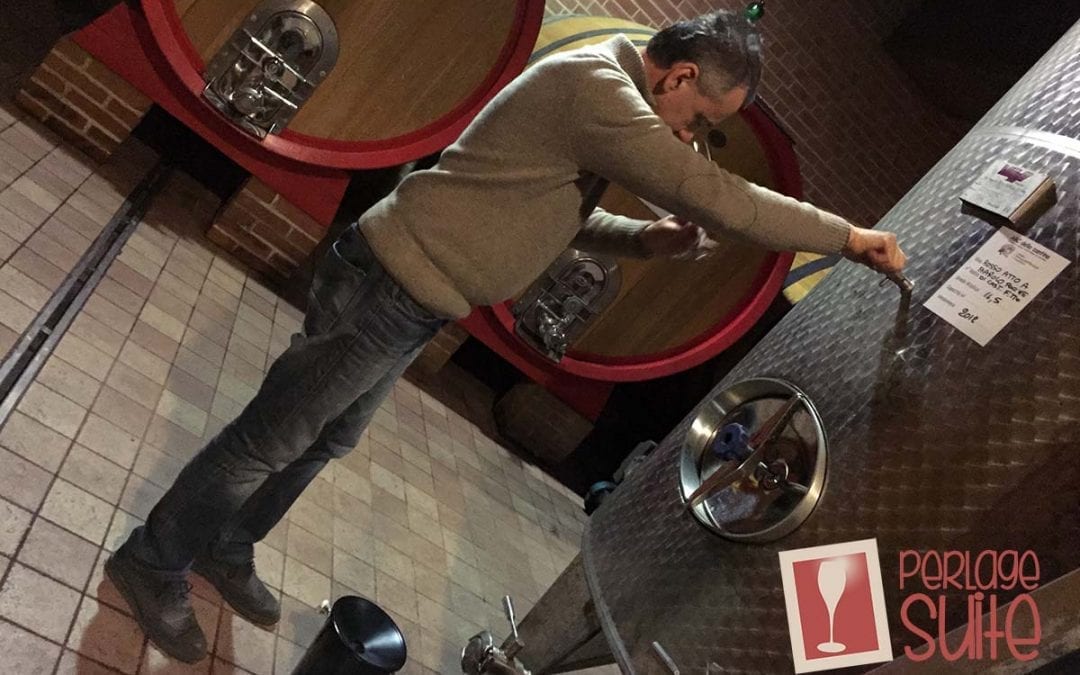Today I'm dropping in on Prosecco Metodo Classico by Le Vigne di Alice at Barolo di Monchiero, setting aside Vinitaly for a moment, where I had the pleasure of tasting the Barolo by Fabrizio Merlo of Sylla Sebasteto return to the Langhe, to those wonderful days spent with Francesco and Mr Art & Wine in the most beautiful land in the world, as the Chef Matteo Morra.
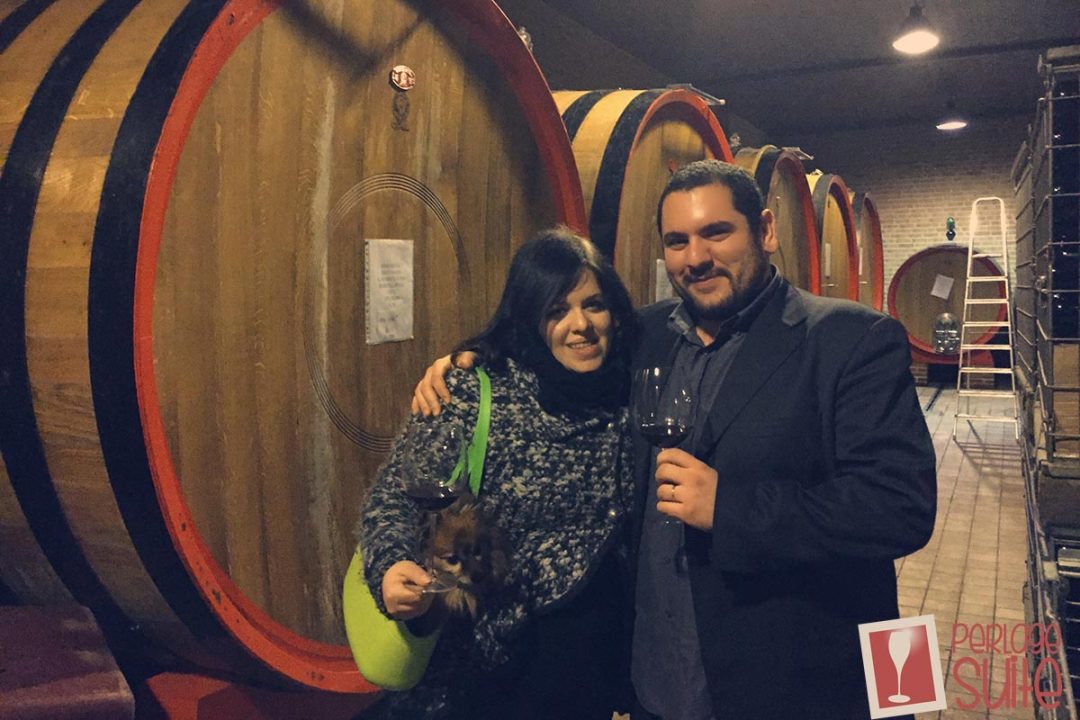
Accomplice to the fact that Andrea is in Castiglione Falletto right now tasting Barbera, Nebbiolo and Barolo, and just a few moments ago I suggested that he go and discover the Monchiero winery that he did not know, here I am, albeit a little late, talking about this interesting company. The weekend with Mr Art & Wine Fabio Carisio was splendid, thanks to the fact that Fabio is a brilliant speaker who, fortunately for me, really has great expertise not only when it comes to art, but especially when it comes to wine. If Fabio tells you that a wine is to be discovered, it is to be discovered! You're on the safe side, full stop! I recommend reading #WineDiary: 2 days in Barolo with Mr Art & Wine to discover all the excellence I had the pleasure of tasting in your company!
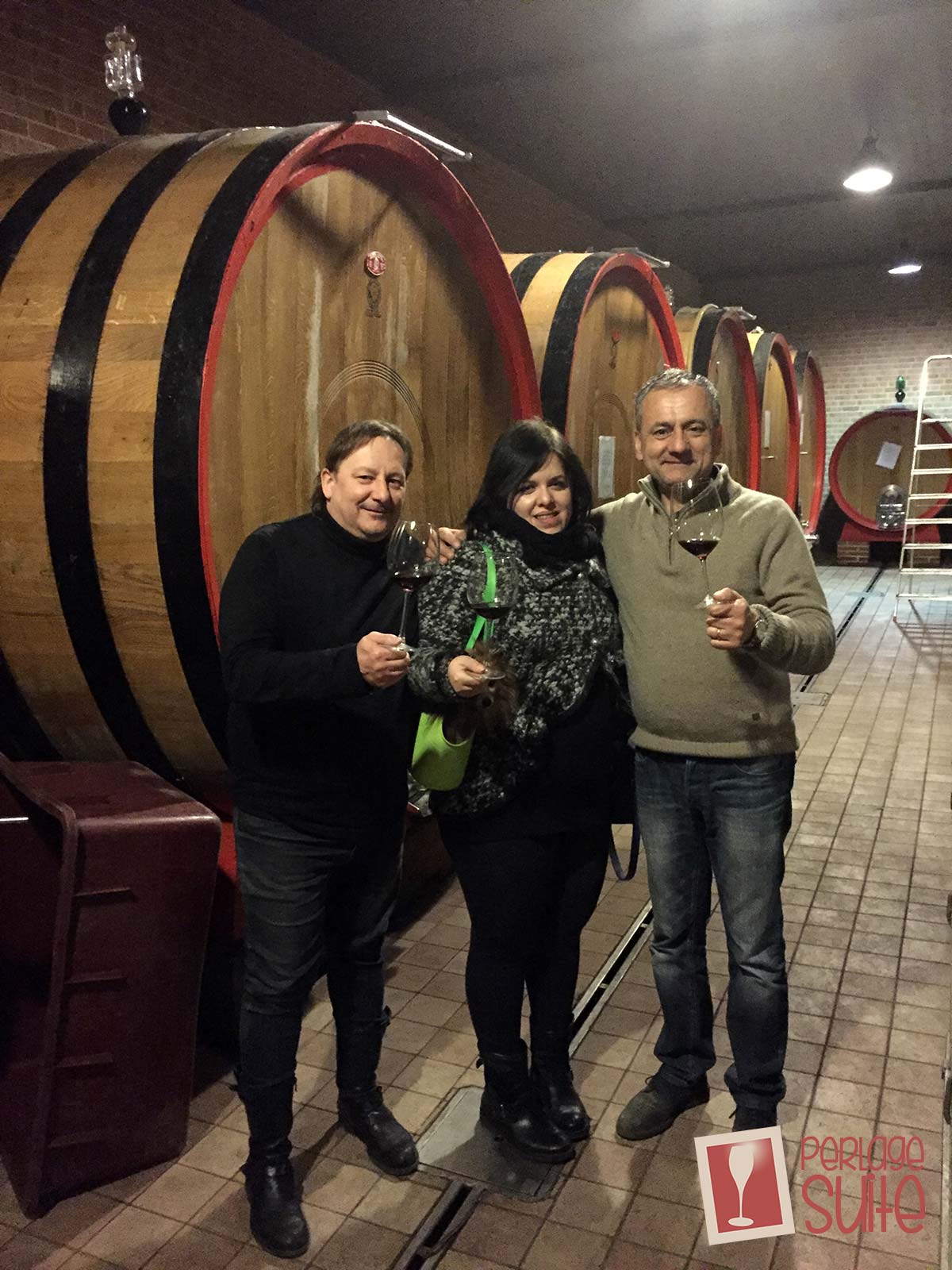
The visit to the Monchiero Winery was, from an oenological point of view, the most beautiful. We were welcomed by Vittorio Monchiero, the new generation of this family business, who has been able to fuse tradition and innovation with a breath of fresh air capable of getting the Monchiero name around the most important trade fairs and events around the world. Immediately Vittorio Monchiero was a bit 'cast-off', and the tasting admittedly did not get off to a flying start. Accomplice to the fact that I had just finished lunch at the Chef Matteo Morra and very high expectations, I was a little taken aback at first, and I am not talking about the wines tasted (Arneis, Barbera and Nebbiolo) which, although they had perhaps been open a couple of days longer were still defending themselves, but really about the atmosphere. But as we went down into the cellar everything changed, and the visit to Monchiero turned into one of the most beautiful ever! Vittorio softened up (much credit is also due to Fabio, who is able to involve you with great competence and passion) and started to let me taste the wine from the barrels to feel the different vintages and... what a show! Vittorio's oenological culture manifested itself together with a beautiful sympathy!
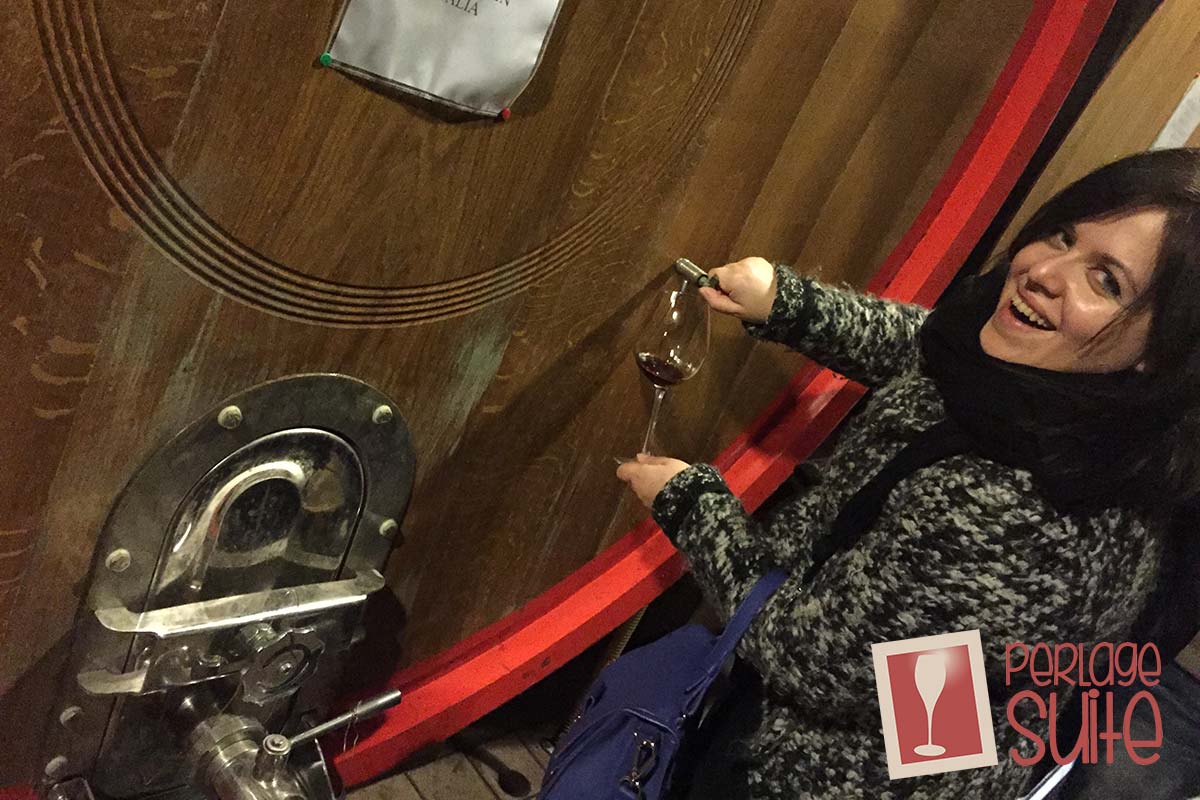
I also have to thank Vittorio because nothing makes you learn more about a wine than to feel its evolution in different vintages. When you are lucky enough to taste vintages vertically you really feel how it changes and you start to imagine what you can expect from the following year. This is very didactic, and when done on Barolo (which is one of my favourite wines along with the Franciacorta) is extremely rewarding!
Now I want to show you Castiglione Falletto, and to do so I have chosen this masterpiece of the photographer Luca Gino. I was looking for a photo capable of encapsulating the beauty and atmosphere of the Langhe and this one was able to give me a heartbeat.
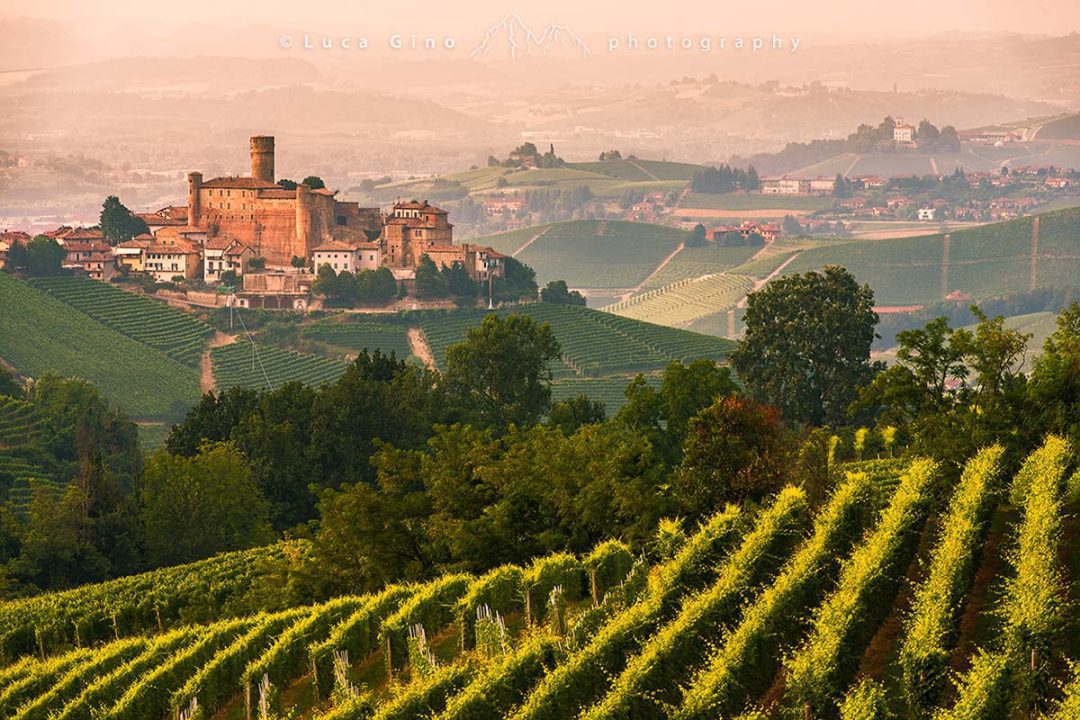
Castiglione Falletto is the beating heart of Barolo, and it is in this land that Monchiero obtains its most important Cru, the Rocche di Castiglione. The six hectares that wind around the Monchiero winery, with extremely mineral soils due to the presence of warm waters and the marine sedimentation that occurred millions of years ago and rich in reddish-yellow sands alternating with grey marls, are cultivated with care, professionalism and precision. The 2011 'Rocche di Castiglione' Cru that I tasted has great personality. The colour is splendid, the nose loses a little elegance due to an overly vegetal bouquet with a 'vinous' hint, only to return splendidly in the mouth. I did not find it yet ready, in my opinion the 2011 vintage will be at its best in three to four years and perhaps the nose will also find its perfect correspondence with the mouth: after all, it was enough to hold it open for a moment to hear it evolve pleasantly.
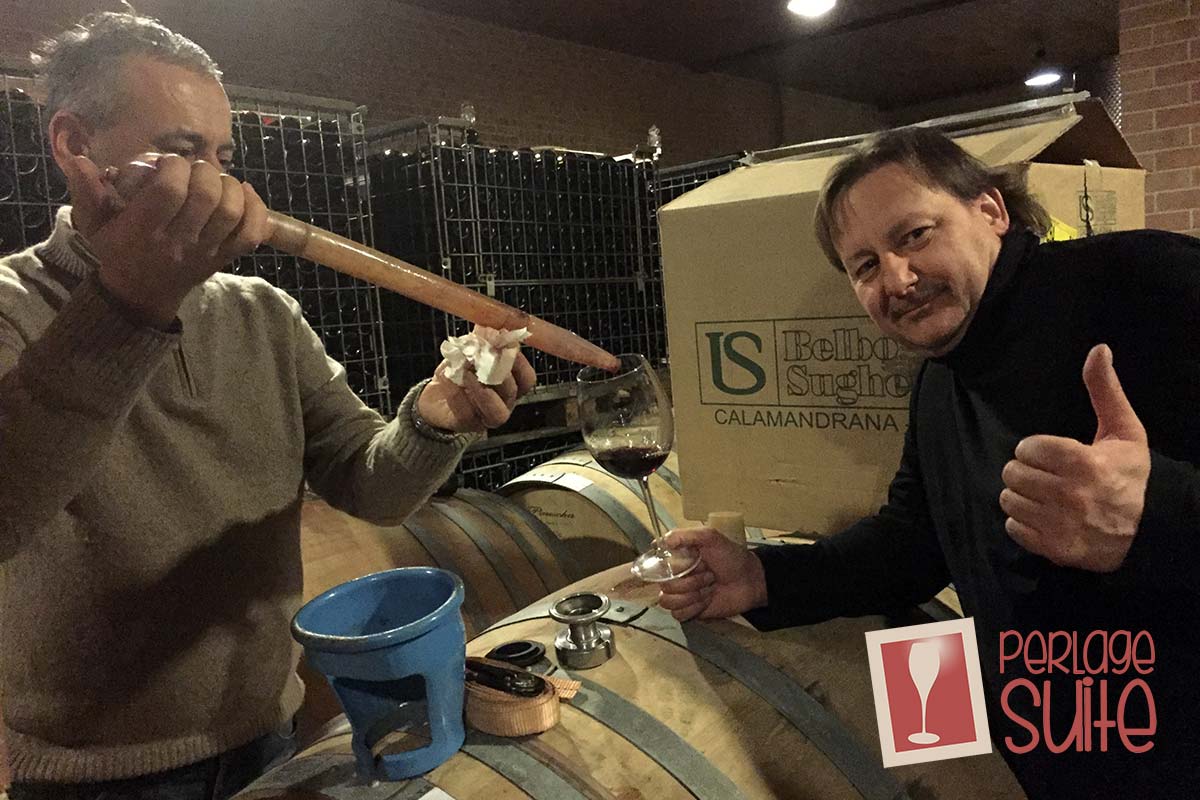
Returning to the wonderful visit to the cellar, tasting wine like this was something I had been missing and it was very pleasant! The wines all lived up to expectations and I found an important presence of wood as a common thread, which I really appreciated because I like wood, although I realise it is not for everyone! It remains that Vittorio Monchiero's wines are not ruffian or easy wines, indeed, if I had to find an adjective I would call them 'rough'. And don't think that this word takes anything away from elegance: even to watercolour you need rough cotton paper. Here, Vittorio's wines are watercolour paper: the talent of a good traditional chef can be the colour that builds langhini pairings of great value. So I can only advise the level-headed restaurateurs who read me to try these wines and think of a dish, perhaps a braised Barolo, and reinterpret it with a modern touch.
My recipe for Brasato al Barolo? First of all, it is essential that you buy the handmade terracotta pan in the shape of a piglet on Amazon! I know Stefano very well, the owner of the company that produces it in the heart of the Marche region.
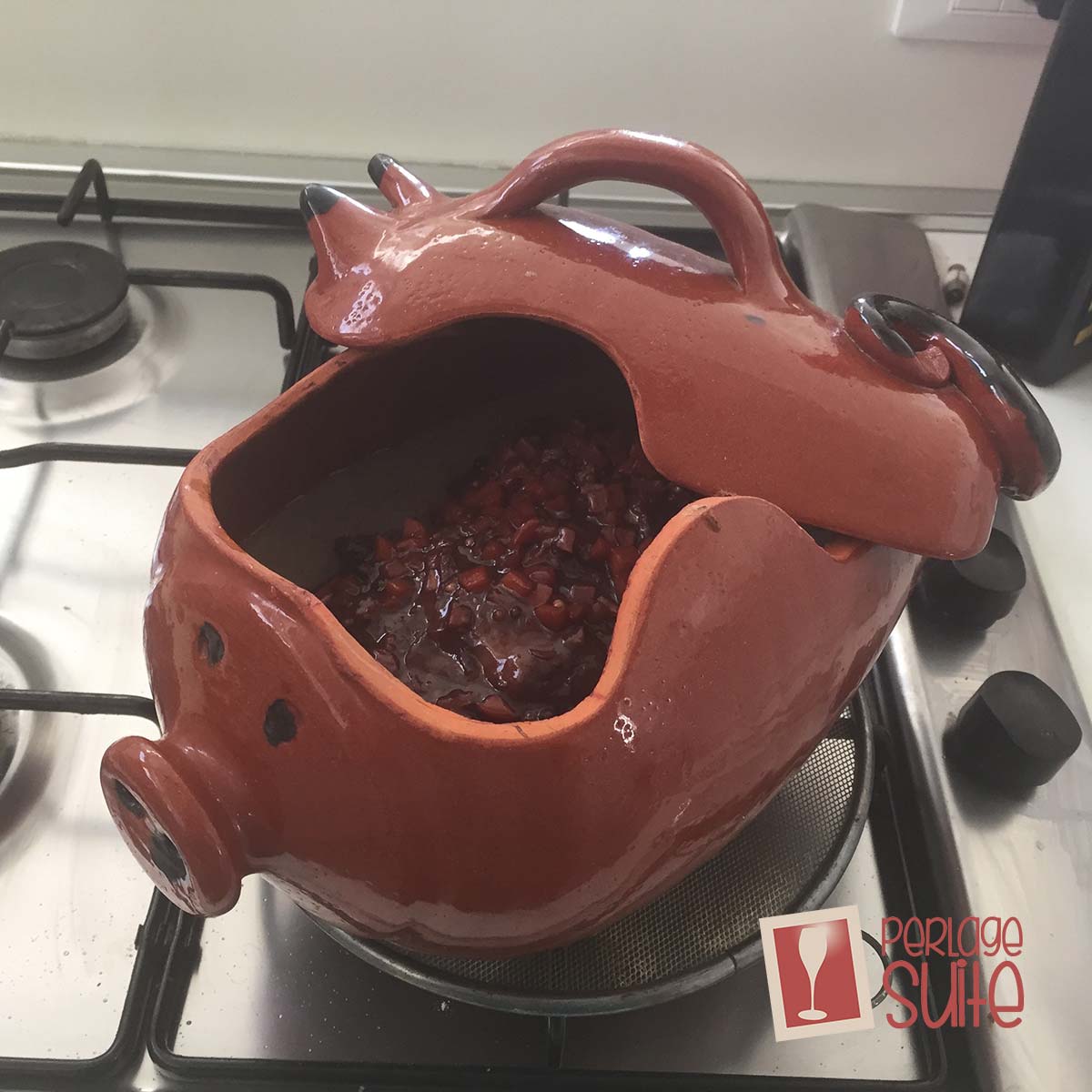
If you think buying this handmade terracotta pan in the shape of a piglet is not essential is because you have never tried it... seriously! These piglets are all handmade from clay, then they are baked in the oven and all the treatments to make them waterproof begin with special natural paints. They become practically non-stick and you can cook them without added fat (although my recipe for pot roast does call for a little butter). I have been using it for four years on a low heat with the special net and it is as good as new! Without the net you risk splitting it, so if you don't already have it at home, invest a couple of euros to buy it! Absolutely!
The Terracotta piglet it is perfect for all those long cooking processes such as braised Barolo, tripe... and it has a real edge as the holes in the nose let out excess steam, allowing optimal cooking without the 'wet' effect. Buy the Piglet that in my next article dedicated to the Langhe, when I talk about Marchese Fracassi and his wonderful Barbera Ciabot Contessa 2009, I will also reveal the recipe 😉
A hug to Fabio and Vittorio who gave me a special experience... see you soon,
Chiara
P.S. if you are wondering why the article is called 'A Brief History of a Mythological Barolo', take a good look at the logo of the Monchiero winery: the winged horse that protects the gold of the Langhe has a history of glory, and if you don't know it, I suggest you read this splendid book (encyclopaedic in nature) on the Greek Myths 😉

